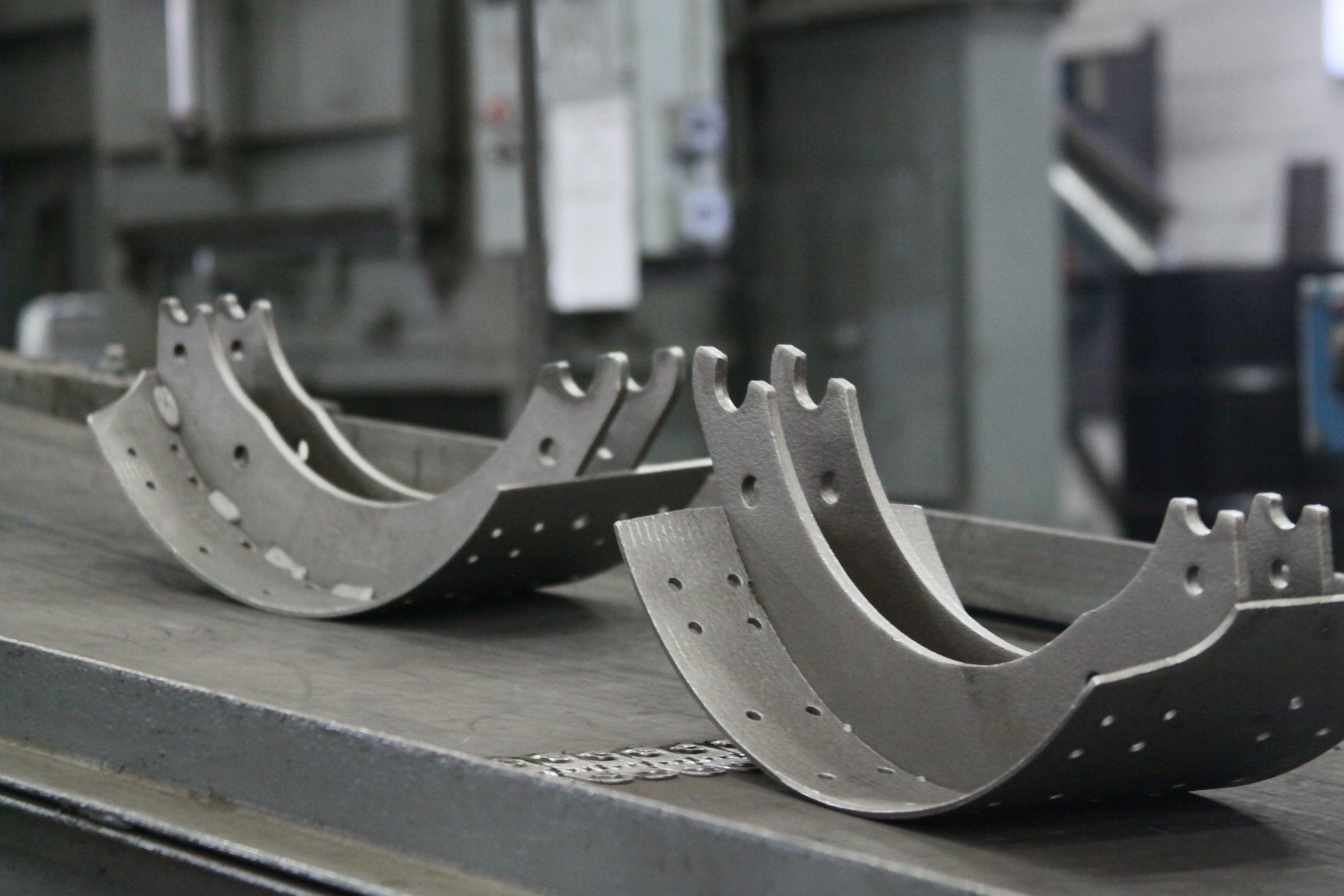
Xenobot
Thinking about the technological evolution of recent years, it makes us smile as from a certain point of view the great strides have been made in sectors more related to social issues than to the IT or innovation level in general. In fact, social networks have been the major players in recent years, attracting the attention especially of the main stream media; but while new platforms were born out of nowhere challenging the previous ones, around the world there have been many minds that have dedicated their attention to other areas. From space flights to cryptocurrencies, perhaps our years represent the basis of a future yet to be developed.
Among the latest generation technological bizarre, Xenobots certainly deserve a place as protagonists. An innovation that takes us back to our childhood, when our vision of the future was populated by flying machines and humanoid robots, in perfect K. Dick and Asimov style.
Xenobots are difficult to define: halfway between the mechanical and the biological, they represent a sort of new form of artificial life, dedicated to carrying out a specific, specially programmed function.
Let’s start with the name: Xenobot. The name derives from the smooth Xenopo, a particular type of frog from which the cells are extracted to create the Xenobots. They are in fact made up of two main components: ectodermal cells, basically the first state of embryonic cells, and myocards deriving from stem cells which will represent the basis of the evolution of the bot. The shape of the Xenobot and the distribution in it of the two types of cells is entrusted to a software based on artificial intelligence, which determines its development.
We are still in the early days of this technology, but thanks to such software, Xenobots are able to walk, swim, carry loads and interact. We are still operating on a microscopic level, but seeing the Xenobots in action cannot help but re-imagine the future that belonged to our childhood:








